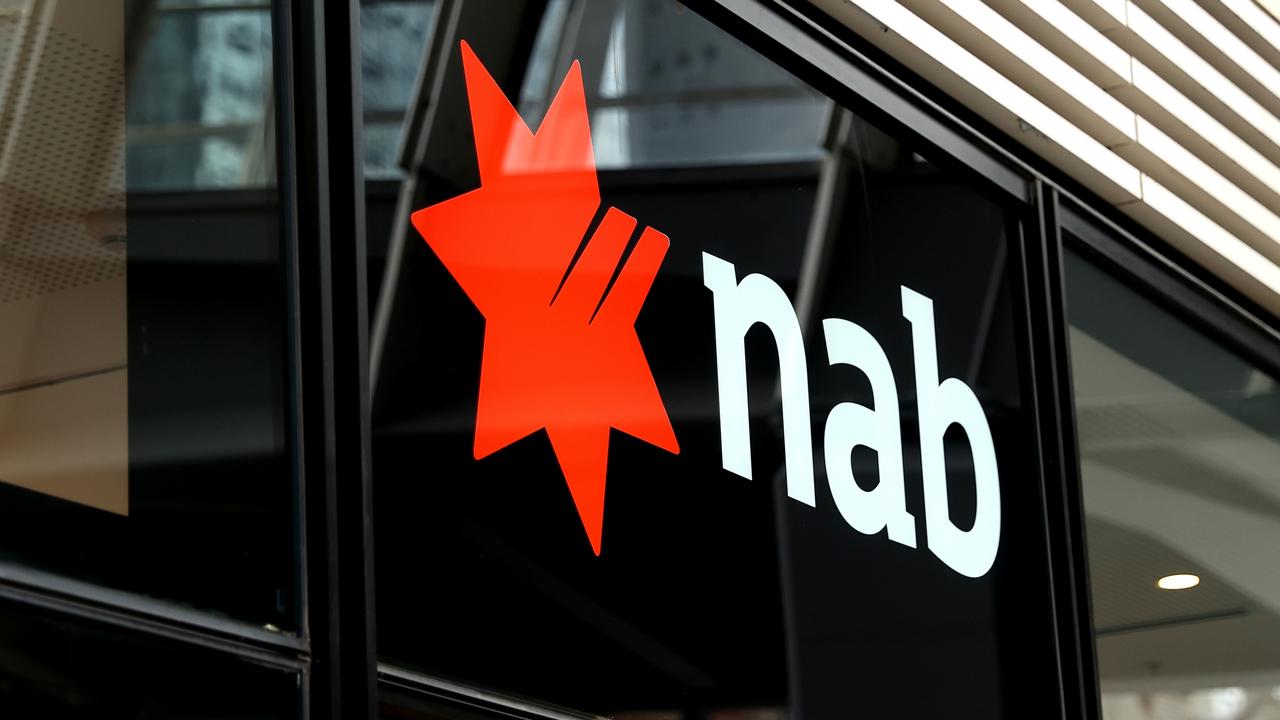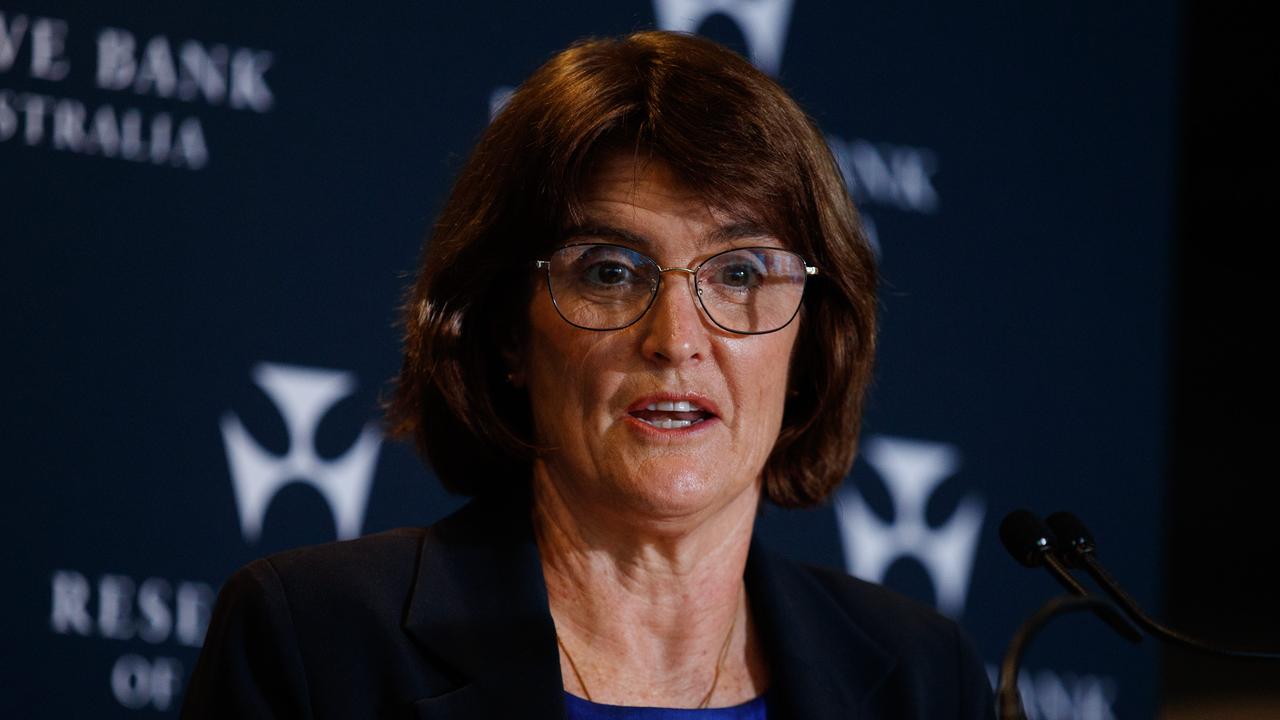Cash rate rise costing Aussie homeowners $7300 extra a year
Many Australians will face economic pain with interest rates rising again, but the sheer scale of the problem for homeowners is striking.
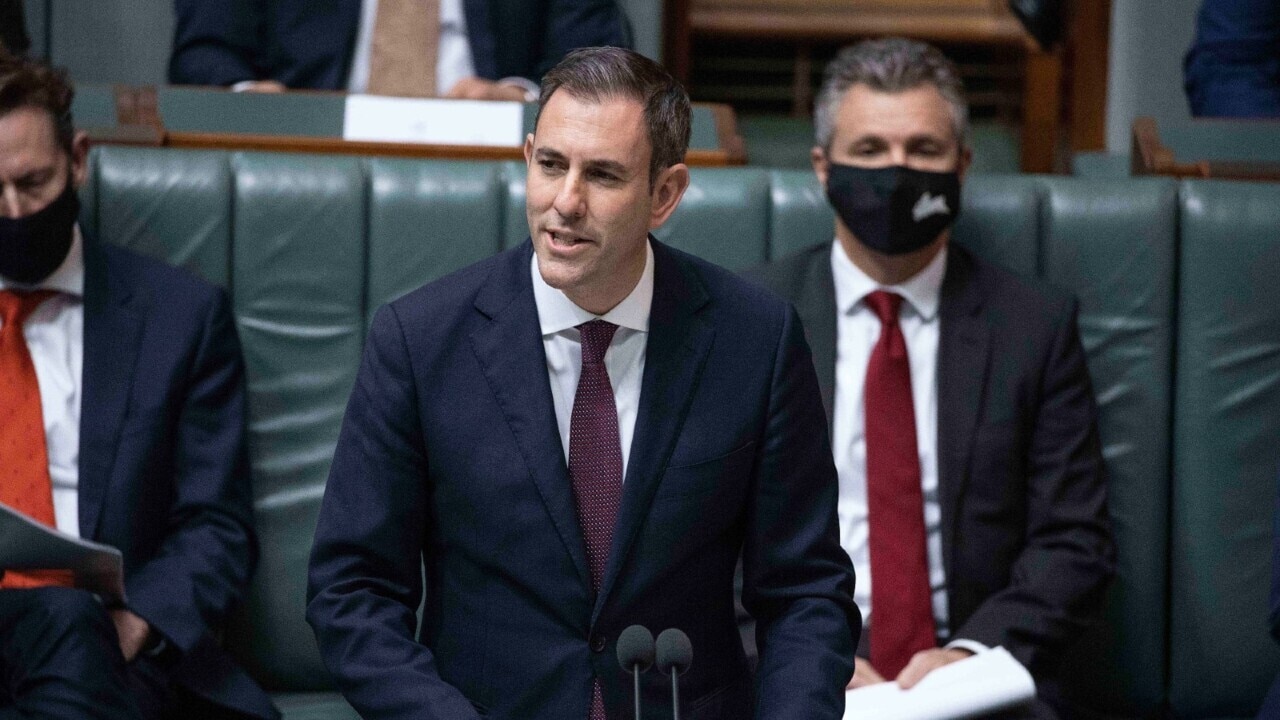
Interest Rates
Don't miss out on the headlines from Interest Rates. Followed categories will be added to My News.
Mortgage holders are set to pay thousands of dollars extra a year after the Reserve Bank of Australia announced another cash rate rise of 50 basis points, bringing the rate up to 1.85 per cent.
In a historic move, the RBA has announced the fourth consecutive cash rate rise on Tuesday. When that increase is combined with the earlier three, the average Australian homeowner will be paying up to $7300 extra a year on their mortgage.
And further predicted rate rises could see homeowners pay as high as $10,500 extra by the end of this year, research by Finder suggests.
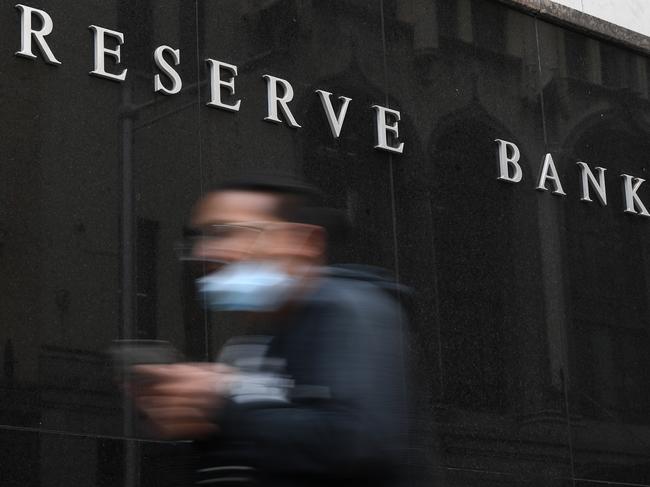
RBA Governor Philip Lowe said the board had no choice but to increase the cash rate to combat rising inflation.
“The Board places a high priority on the return of inflation to the 2–3 per cent range over time, while keeping the economy on an even keel,” he said in a statement.
“The increase in interest rates over recent months has been required to bring inflation back to target and to create a more sustainable balance of demand and supply in the Australian economy.”
But the inevitable rate rise has dealt a severe blow to mortgage holders who will now be expected to fork out hundreds in extra monthly repayments on top of the soaring costs of living.
Homeowners to pay thousands extra on mortgage
According to data analysed by Finder, the combined cash rate hikes will cost the average Australian homeowner an additional $610 per month compared to what they were paying in April.
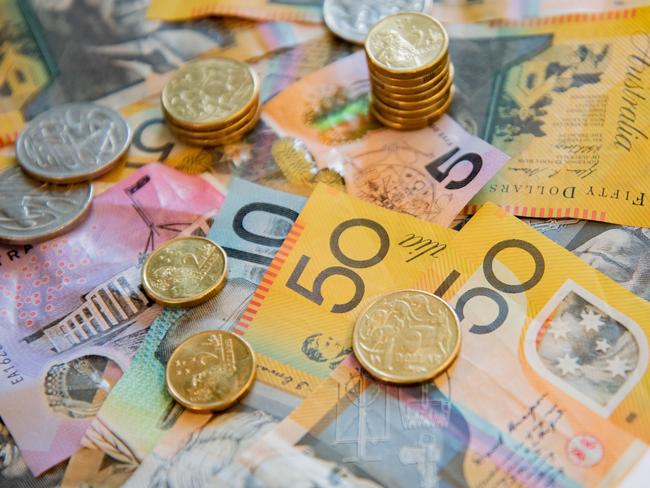
In other words, mortgage holders are set to pay $7300 extra in repayments a year on top of other cost of living pressures.
“Rising interest rates, soaring inflation, energy prices and the general cost of living are already squeezing household budgets,” Graham Cooke, head of consumer research at Finder, said.
“With almost a quarter of Australian homeowners already struggling to pay their mortgage in July, this news will be especially painful.”

This month’s cash rate rise isn’t expected to be the last, with the rate expected to peak at 2.5 per cent by the end of this year, which could see mortgage holders pay as high as $10,500 a year in repayments.
Bad news for recent homeowners
While all mortgage holders will all be impacted by the cash rate hike, Finder Money Editor Richard Whitten says it will be especially painful for recent homeowners.
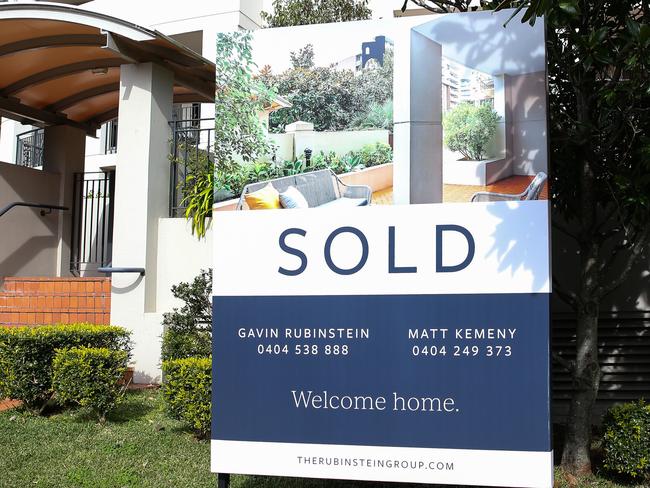
“The market peaked at some point in 2021 in places like Sydney and Melbourne and all through the pandemic they felt property prices start to go up really fast,” Mr Whitten said.
“So if you bought at the top of that market with a small deposit while rates were low – you probably borrowed a lot of money, you thought rates would be low for a bit longer so you really stretched yourself, and then suddenly, prices start to fall down so the asset you bought is worth a little less.”
It’s the beginning of what Mr Whitten describes as the worst-case scenario for recent homeowners who find themselves in a position of “negative equity”.
“Because your deposit was quite small the falling property prices might have eroded the value of that little bit of your house that you already own and now you’re being hit with higher interest rates.
“That’s a pretty rough position to be in because that’s essentially called negative equity, which is when at the worst case … your debt outweighs the actual current price of the property.”
Homeowners who’ve been repaying for longer are more likely to weather the rate rise comfortably.
“If you’ve bought a house 10 years ago, you paid off most of the mortgage, you’re in a reasonable position. You’re probably not really as impacted by this rate rise,” Mr Whitten added.
“And if you had a mortgage for a long time, you’ve obviously lived through periods of higher rates than what we’ve recently seen … you’ve built up a lot of lots of savings and the equity and property value would have risen over time.”
How to deal with the rate rise
Mr Whitten said for homeowners who haven’t started preparing for the rate rise, now it the time to get “proactive’ about mortgage repayments.
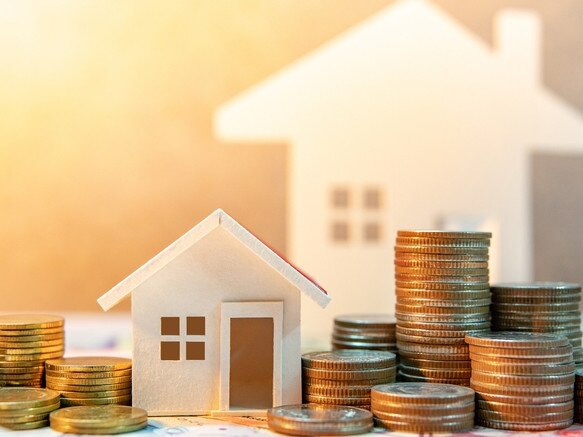
According to a Finder survey, almost one in five Australian mortgage holders (18 per cent) have refinanced their home loan in the past six months, with the same cohort planning to do so in the next six months.
“Refinancing is the key and there’s a couple of different ways you could do that,” he explained.
“You could look at your own lender’s website and see what they’re advertising for new customers, then try and find out if there’s a better rate for the same exact type of loan that you’re on.
“Or you may also decide, let’s look at the wider market, maybe there are lenders with cheaper rates than this. And then you can think about refinancing to save even more.”
“If you haven’t checked the best offers on the market in the last year, odds are you could be paying too much, Mr Cooke added.
“And if you are on a fixed loan, the variable rate you will land on is about to get a little uglier – be ready to pounce the moment you can switch.”
Mr Whitten said other measures mortgage holders can take include ensuring their savings accounts are benefiting from the high interest rates in order to offset rising mortgage rates, or setting up an attached offset account to the mortgage.
“There are other things like for example, if you maybe you’re behind on the payments now but you had been diligently making extra payments for several years, and that’s been building up, then the lender may take that into account and sort of let you pull some of that back to buy you some time on future repayments,” Mr Whitten added.
Volatile economy
Earlier today, Treasurer Jim Chalmers acknowledged that the rising rates would be frustrating for Australians.

“This will make life harder for Australians already struggling with the skyrocketing cost of living,” Dr Chalmers said.
Prime Minister Anthony Albanese also recognised that increasing cost of living pressures were forcing people to dramatically alter their way of living.
“We are very conscious of the feelings that are out there, that people are doing it tough, and every half a per cent or quarter of a per cent in interest rates means higher payments for people, and that means they are having to make choices about how they get by,” Mr Albanese said.
While the RBA acknowledged that high inflation, Russia’s invasion of Ukraine and the Covid-19 pandemic had all eroded the global economy and increased the cost of living, it maintained that low unemployment rates and “resilient” consumer spending would see a GDP growth of 3.25 per cent over 2023.
But as Australians face rising rent, groceries, fuel and bills, banks have caved under the rising pressure, pre-emptively reducing their maximum borrowing capacity for mortgages and making it even harder for mortgage holders to keep up.
Tough road for Australians
Economic experts have predicted that the RBA’s position on combating inflation may potentially lead to a recession.
Peter Boehm, Managing Director at Pathfinder Consulting, said despite the RBA’s intentions, additional cash rate increases with a peak of 2.5 per cent may “break” Australian budgets.
“I believe we could be looking at a cash rate of around 2.5 per cent by the end of the calendar year,” Mr Boehm said.
“This means there will need to be some big increases between now and then and this raises, in my mind, the possibility of recession.
“Interest rate increases are unlikely to address the causes of inflation which are largely attributable to events occurring overseas and which are being imported into the Australian economy.
“Wage increases across the broader economy will not help – they will add to inflationary pressures which may result in business downsizing or exiting the market.
“It is a vicious circle.”
Mr Boehm said the “light at the end of the tunnel” was that increasing rates would result in an “economic contraction”, which would force the RBA to reduce rates next year.
“In the meantime, though, it’s a tough road ahead for most Australians, especially those with a mortgage,” he said.
RBA being reviewed
The rate rise also comes after the Treasurer announced the first “widespread review” of the RBA since the 1990s, saying that it was about “ensuring we have the world’s best and most effective central bank into the future”.
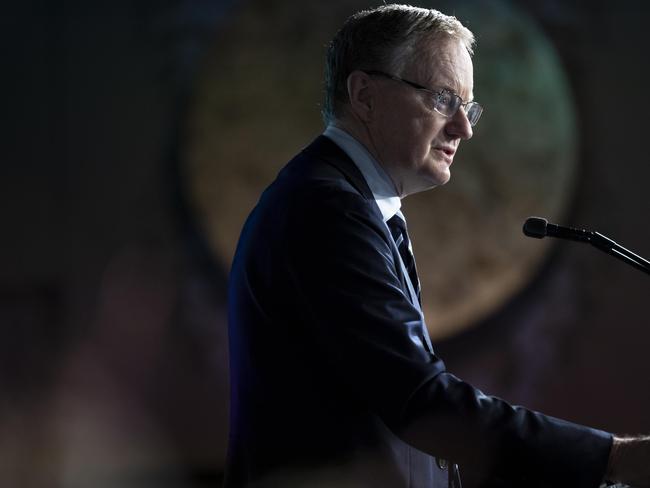
“This is an important opportunity to ensure that our monetary policy framework is the best it can be, to make the right calls in the interests of the Australian people and their economy,” he said in a statement.
However, Dr Chalmers has reiterated his support for Dr Lowe amid some calls for his resignation.
“The Reserve Bank Governor himself multiple times now has been quite upfront … he has said publicly that circumstances changed faster than the Reserve Bank anticipated,” he said.
The Australia Institute’s chief economist Richard Dennis told NCA NewsWire last week that the RBA was among the biggest economic threats facing the country, and could spark a national recession.
“If we keep increasing interest rates because inflation is higher than we’d like, we might cause a recession,” he said.
“Increasing interest rates won’t help us prepare for a slowing global economy … but they might actually further dampen the Australian economy.”
Originally published as Cash rate rise costing Aussie homeowners $7300 extra a year



